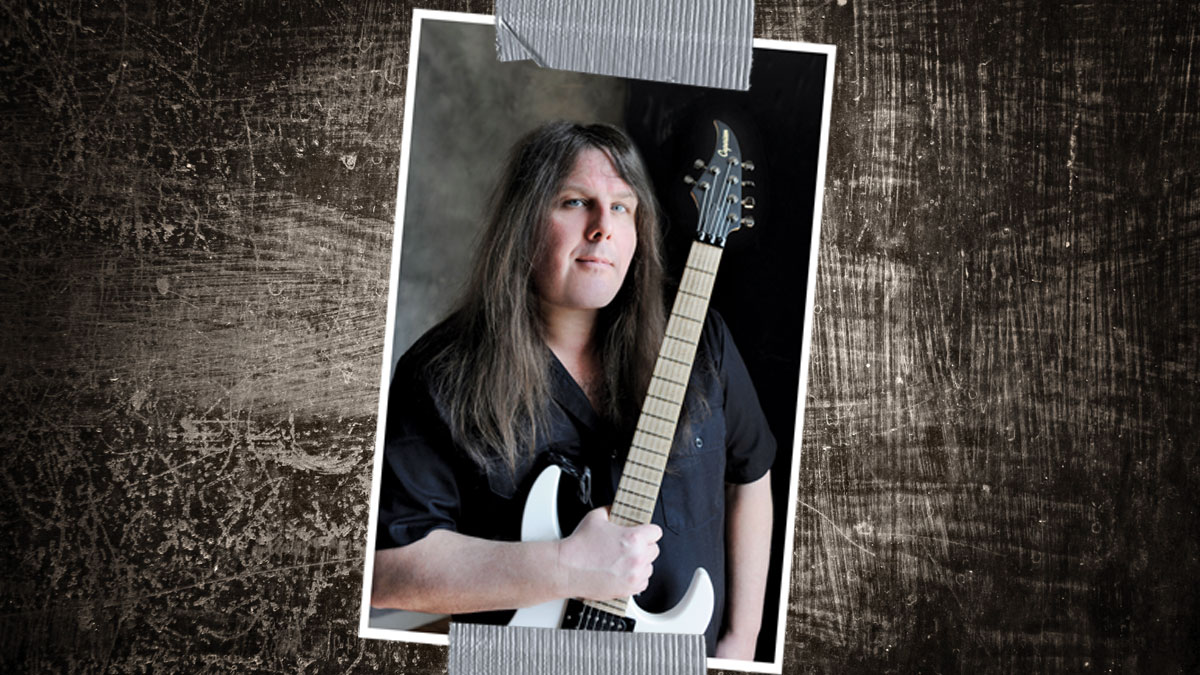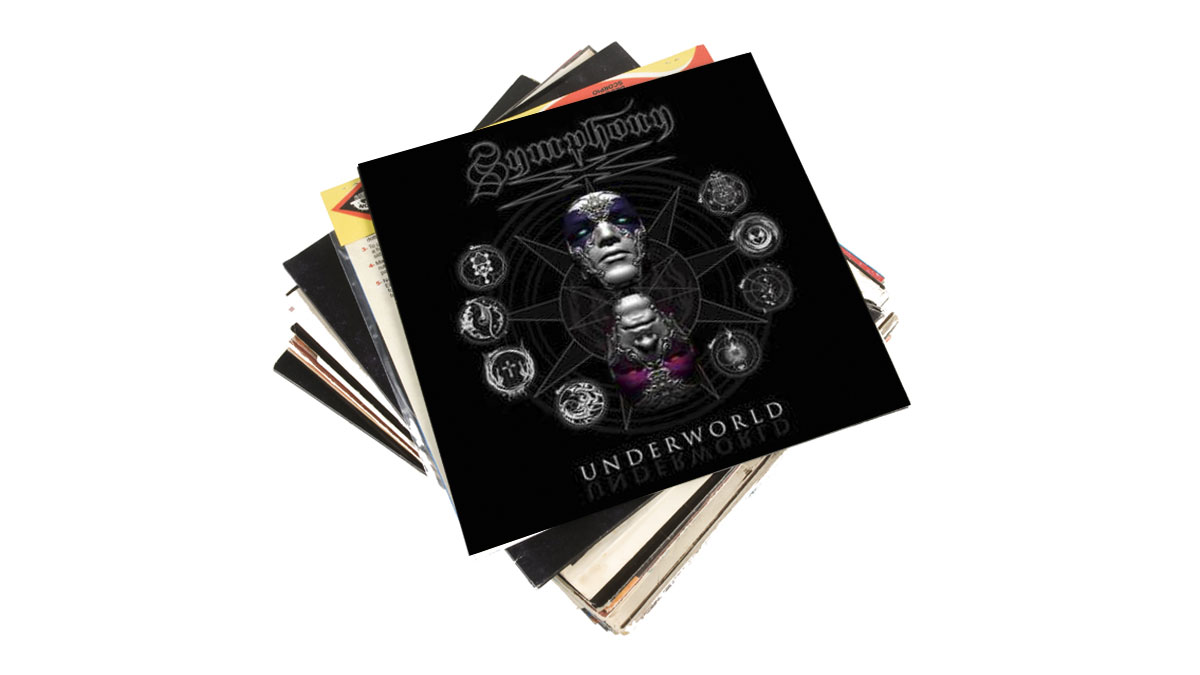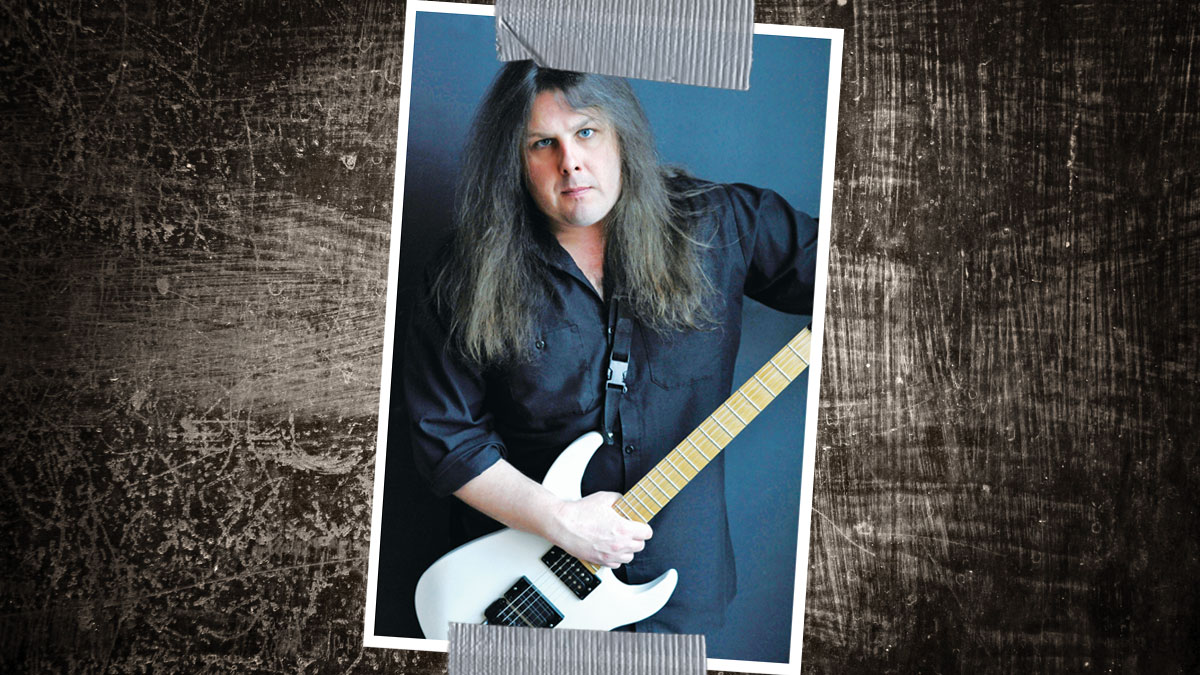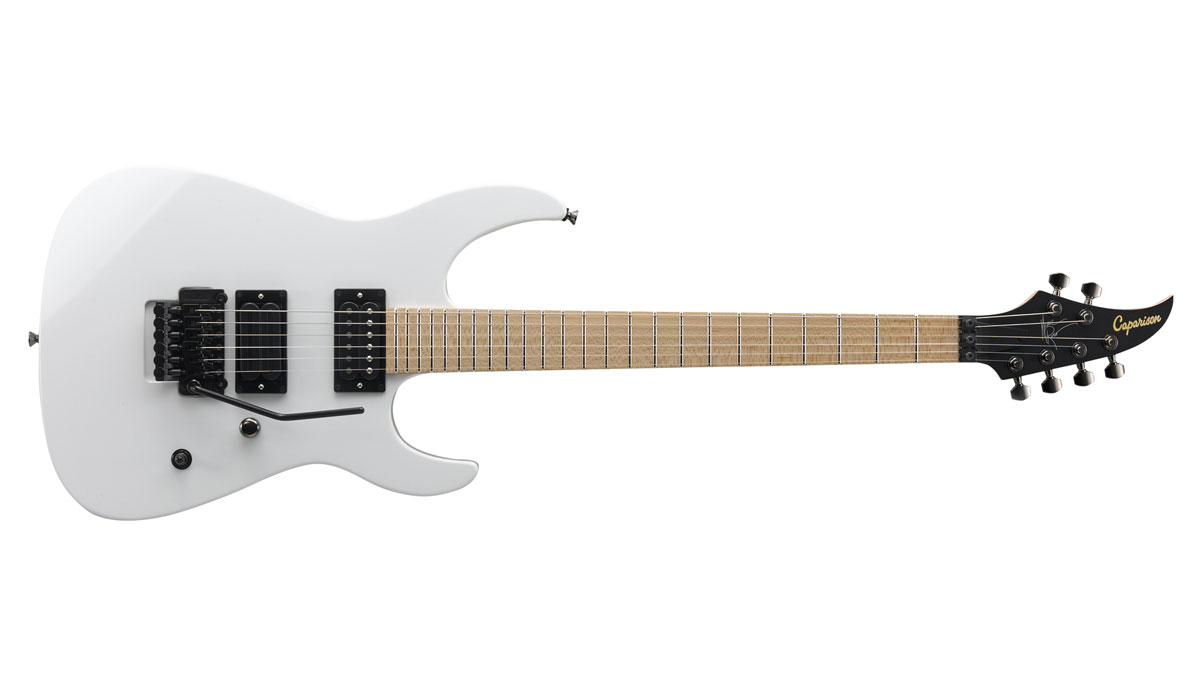Symphony X's Michael Romeo talks new album, Underworld
We talk to a true metal guitar hero

Introduction
Symphony X may well have just recorded the album of their career. Guitarist Michael Romeo tells us it was an amalgamation of everything in his heart and soul.
When you think of the guitar gods of the 80s and those worthy enough to carry on their legacy today, Michael Romeo is a name that should stand tall - at least as far as the metal world is concerned. His unbridled creative prowess, spurred by an overwhelming command of his instrument, is something that has won over legions of fans since forming Symphony X in the mid 90s.
"Every record we make, we try to do something a little bit different"
Albums such as The Divine Wings Of Tragedy and V: The New Mythology Suite showcased a guitar player that had it all: the ferocious technical zeal of Yngwie Malmsteen, the sheer heart of Michael Schenker and the intense progressive musicality of John Petrucci, all spliced through his own sonic palette. But this year’s ninth album, Underworld, could very well be his finest moment yet.
“Every record we make, we try to do something a little bit different,” says Romeo of the new album. “Our last record, Iconoclast, was a bit heavier, some of the albums before it sounded more progressive, and early on, we had more classical influences.
“This time, we wanted to have good variety and good balance. Rush have been a huge influence on me over the years, just like Iron Maiden have, so it was a case of putting all these different elements together and trying to come up with something cool.”

Underworld on top
Perhaps it’s this sense of balance that makes Underworld one of the finest metal albums you’ll hear this year. Michael Romeo’s vision was one that transcended that of your average guitar player, his meticulous approach sharing more in common with classical composition than the usual plug-in-and-play mentality found in heavy music.
"We use a lot of odd-time signatures, but we execute them in a way that doesn’t really feel like a math problem"
“There’s a track called Nevermore, which is pretty much 16th notes the whole way through - but then I went back and put different melodies on top to bring in more space. You hear all this movement - and sure, it’s kinda busy - but it doesn’t distract you. There’s a lot of arranging with all the instrumentation, trying to make the weird stuff feel good.
“We use a lot of odd-time signatures, but we execute them in a way that doesn’t really feel like a math problem. I guess that comes from our progressive influences, which include bands like Yes. It’s complicated music, but more importantly, it feels good!”
As for tracking the guitars, it was very much business as usual for Romeo, who explains the majority of what you hear is his signature Caparison Dellinger-M3 MJR double-cut shred machine, plugged into an Engl Fireball. But variety being the spice of life and all, he knew when the situation called for something just a little bit different.
“We definitely used some other amps and gear in there, too. Some of those secondary guitar parts were done with a Fender Strat for a single-coil sound and sent through a Marshall or maybe even a Fender combo. We were just looking for different textures to make each guitar part stand out a bit.
“There was always an element of that, or even acoustic stuff, sat at the back of the mix. I tend to keep the recording process pretty simple, with no effects except maybe the wah or whammy pedal, which I like to pull out once in a while.”

Work in progress
You’d be forgiven for thinking that being a guitarist of Romeo’s stature presents few challenges: but it does, and he’s more than aware of them. Unlike the rest of us, though, it’s not the lead playing aspect that requires the bulk of his attention, it’s the rhythms and riffs.
"It’s just like anything: if you come across something you can’t do, you practise it"
“You don’t want to repeat what you’ve already done,” he reasons. “But you also need to stay true to your sound... that’s the hard bit, getting the balance right! I try not to get caught up technicality or speed - I focus on the musicality or phrasing.
“It’s the simple, subtle things! But I was just another metalhead growing up, sat there with my metronome trying to get my picking, tapping or sweeping up to speed.
“Then I realised, ‘Man I really have to work on my vibrato and phrasing!’ The things we all tend to overlook. And then, as time goes on, you start looking at music in general, composition and theory, and start expanding that vocabulary. All of us guitar players start out trying to emulate the musicians that we like. We’ve all done it.”
And when it comes to being able to play pretty much anything - something that’s evident across Symphony X’s entire recording career - the guitarist remains disarmingly humble about the secrets to his approach. Back doors? There simply aren’t any.
“I’d say there’s no real mystery to playing guitar,” he concludes. “There’s no secret. It’s just like anything: if you come across something you can’t do, you practise it slowly over and over until it becomes second nature. Then you move on to the next thing. It’s that simple!”

Weapon of class destruction
Michael Romeo fills us in on his signature Caparison model, and how it all came about...
“I contacted Caparison first and then they said they were interested in doing a signature model, I was talking about the guitar I grew up with, an old Kramer Pacer, which I bought when I was a teenager with my own money. It was my guitar.
"It was all the things that were cool to me in one guitar"
“There was something a bit different about that Pacer: the neck had a little more meat on it, the frets were pretty big, like super jumbo, and it almost had this scalloped feel. It was probably a bit too much!
“I’d always go into my local guitar shop and they’d let me try out pickups for a few days and then swap them out. After a couple of weeks, I found this one combination I really liked: the Dimarzio X2N with the Tone Zone. So I took my Kramer apart and sent the neck over to Caparison, specifying the extra meat and grip it had, plus the Dimarzios and the Floyd rose.
“It was all the things that were cool to me in one guitar. And I’ve been using them for a long time... They feel just like that guitar I always played when I was a kid. Perfect!”
Symphony X’s new album, Underworld, is available now on Nuclear Blast Records
Amit has been writing for titles like Total Guitar, MusicRadar and Guitar World for over a decade and counts Richie Kotzen, Guthrie Govan and Jeff Beck among his primary influences. He's interviewed everyone from Ozzy Osbourne and Lemmy to Slash and Jimmy Page, and once even traded solos with a member of Slayer on a track released internationally. As a session guitarist, he's played alongside members of Judas Priest and Uriah Heep in London ensemble Metalworks, as well as handling lead guitars for legends like Glen Matlock (Sex Pistols, The Faces) and Stu Hamm (Steve Vai, Joe Satriani, G3).


